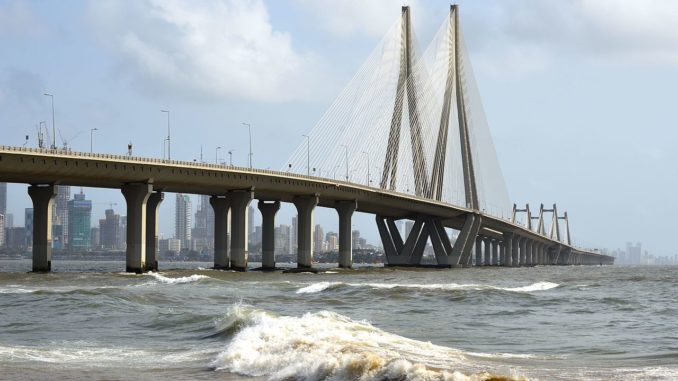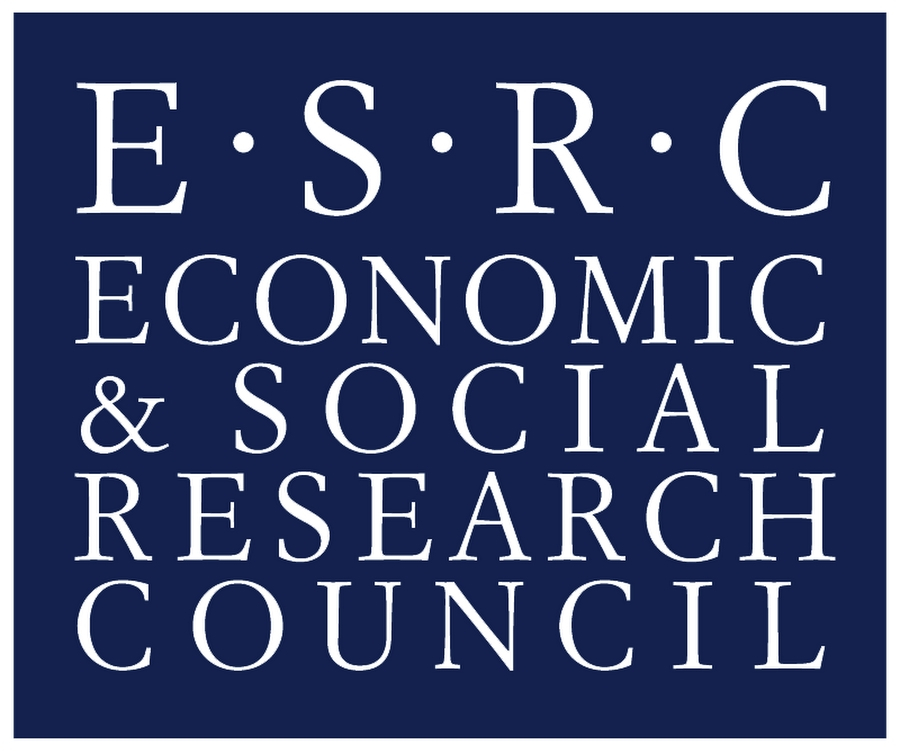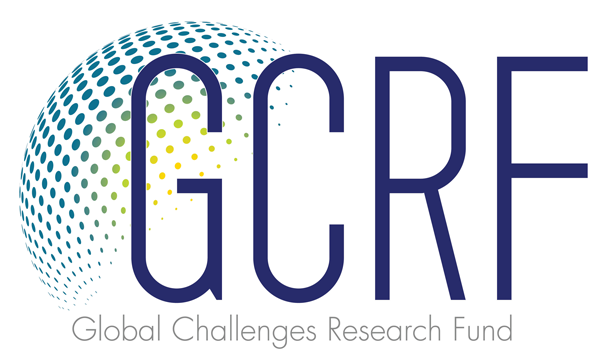
India transitioned to ‘middle-income country’ status a decade ago and is projected to top the list of the world’s most populous countries by 2030, according to the UN. It has seen a pattern of economic development in recent times which is familiar from many emerging economies throughout Asia: poverty is on a steady downwards trajectory while both GDP per capita and inequality are on the rise. In a GPID Country Note, Kunal Sen discusses key trends in inequality, poverty, structural change, and social inclusion on the subcontinent.
Sen finds that India has seen a slow but steady movement of its labour force out of agriculture and into non-manufacturing industry and services over the last decades. Yet, unlike in other countries, there has not been much of a relationship between inequality and structural change (see our related GPID Brief). The lack of growth of the manufacturing sector, which Sen calls a “lost transformation”, is currently addressed by the Indian government via policies such as public infrastructure investment.
The Indian economy has seen gains in productivity, particularly due to the finance sector, which has been a source of economic growth and innovation since the 1990s. The government as main provider of service-sector employment, on the other hand, has seen a drastic decrease in importance since the 1960s. In terms of employment, the construction as well as trade, hotel and restaurant sectors have absorbed most Indian labour.
The growth of these sectors has been particularly important for unskilled migrants from rural areas and is a key factor, alongside tax-financed redistribution, in India’s steady poverty reduction. Sen points to India’s poor delivery of public goods and to widespread rent-seeking behaviours as areas for future reforms.
Related readings:
| GPID Country Note 2 | Kunal Sen | Poverty, Inequality, and Structural Change in India |

